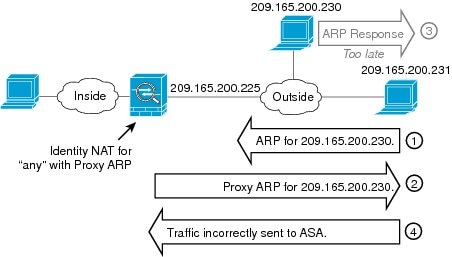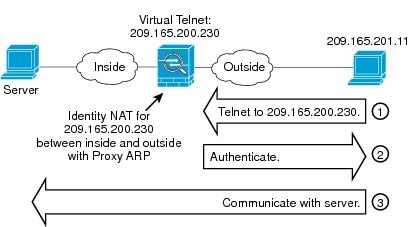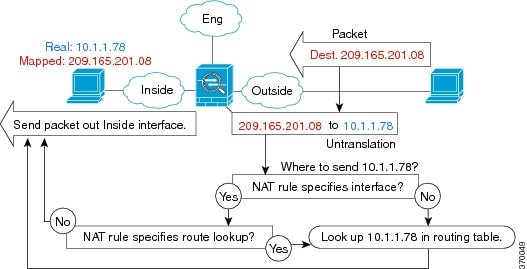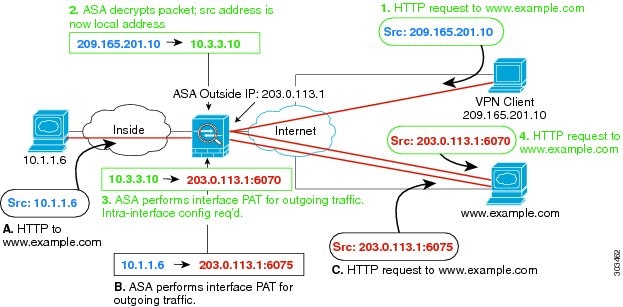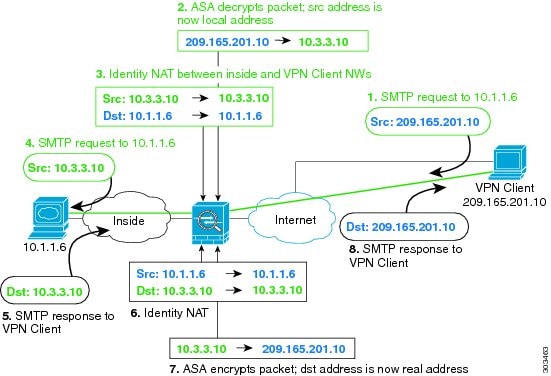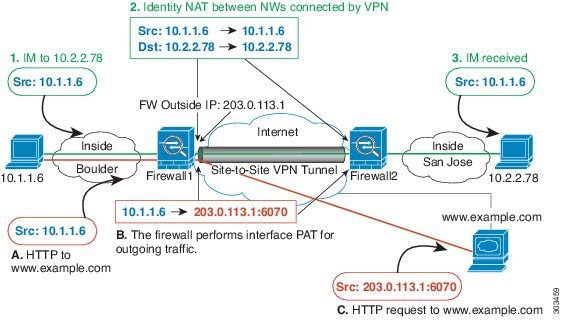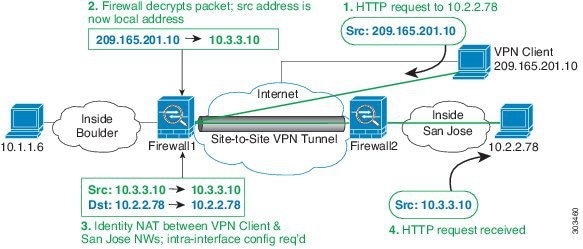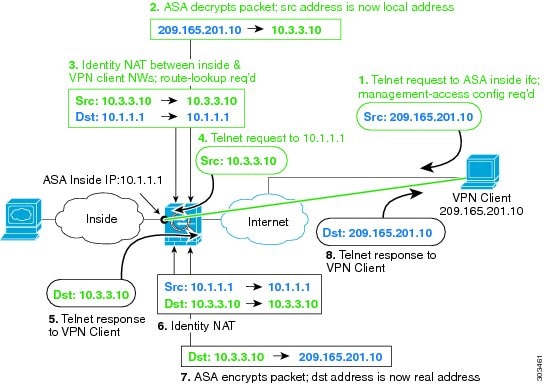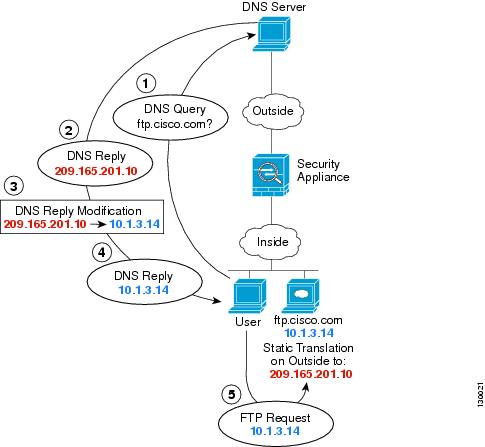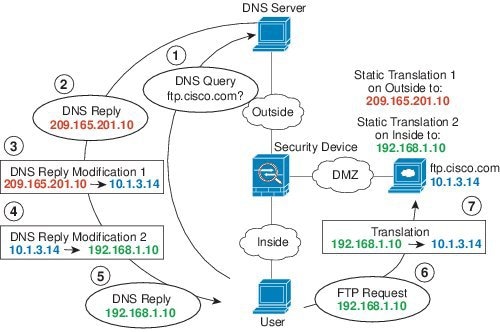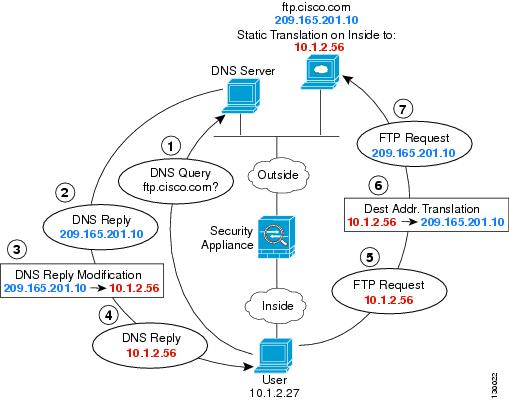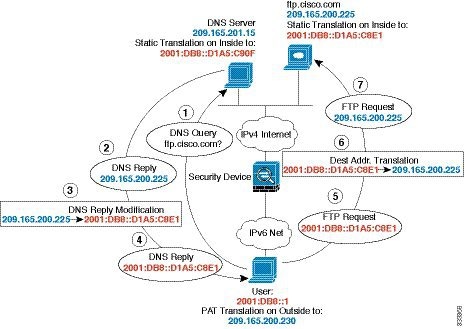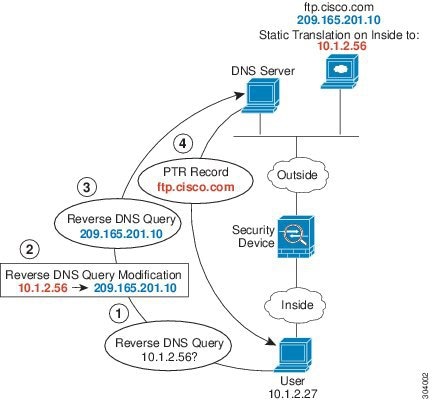Как знают все администраторы VMware vSphere, виртуальный диск виртуальной машины представляется как минимум в виде двух файлов:
- <имя ВМ>.vmdk - заголовочный, он же индексный, он же файл-дескриптор виртуальго диска, который содержит информацию о геометрии диска, его тип и другие метаданные
- <имя ВМ>-flat.vmdk - непосредственно диск с данными ВМ
Практика показывает, что нередки ситуации, когда администраторы VMware vSphere теряют заголовочный файл VMDK по некоторым причинам, иногда необъяснимым, и остается только диск с данными ВМ (неудивительно, ведь в него идет запись, он залочен).
Ниже приведена краткая процедура по восстановлению дескрипторного VMDK-файла для существующего flat-VMDK, чтобы восстановить работоспособность виртуальной машины. Подробную инструкцию можно прочитать в KB 1002511.
1. Определяем точный размер в байтах VMDK-диска с данными (чтобы геометрия нового созданного дескриптора ему соответствовала):
ls -l <имя диска>-flat.vmdk
2. Создаем новый виртуальный диск (цифры - это полученный размер в байтах, тип thin для экономии места, lsilogic - контроллер):
vmkfstools -c 4294967296 -a lsilogic -d thin temp.vmdk
3. Переименовываем дескрипторный VMDK-файл созданного диска в тот файл, который нам нужен для исходного диска. Удаляем только что созданный пустой диск данных, который уже не нужен (temp-flat.vmdk).
4. Открываем переименованный дескрипторный файл VMDK и меняем выделенные жирным строчки:
# Disk DescriptorFile
version=1
CID=fb183c20
parentCID=ffffffff
createType="vmfs"
# Extent description
RW 8388608 VMFS "vmdisk0-flat.vmdk"
# The Disk Data Base
#DDB
ddb.virtualHWVersion = "4"
ddb.geometry.cylinders = "522"
ddb.geometry.heads = "255"
ddb.geometry.sectors = "63"
ddb.adapterType = "lsilogic"
ddb.thinProvisioned = "1"
То есть, меняем просто имя flat VMDK-файла и убираем строчку о том, что диск thin provisioned, если он у вас изначально был flat.
Все - машину можно запускать.

